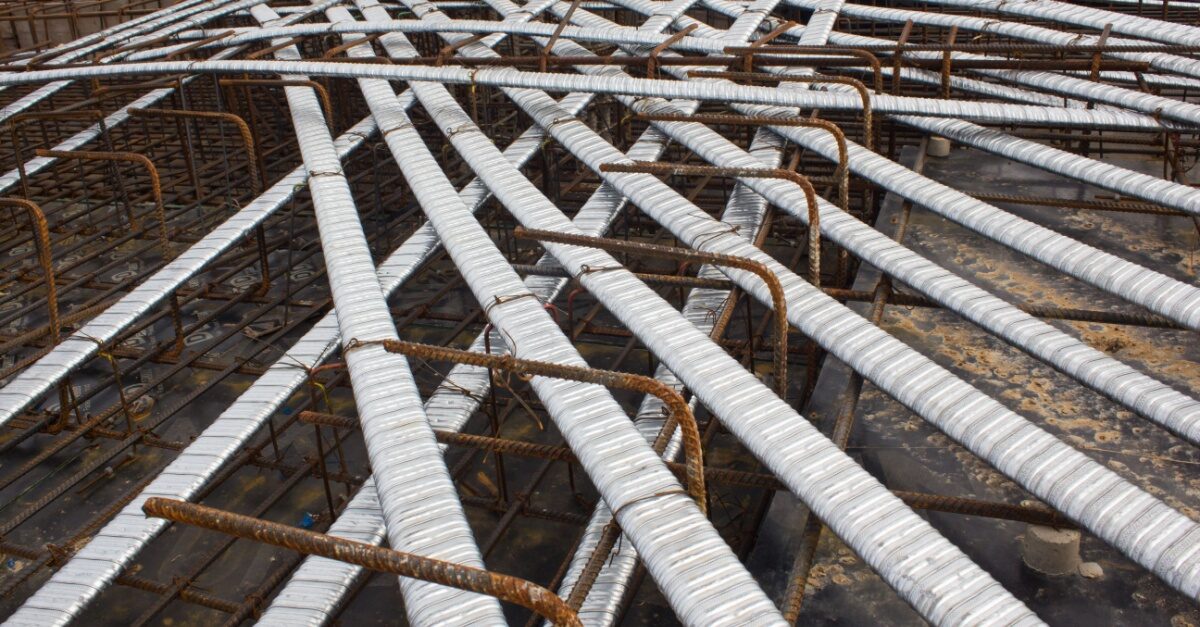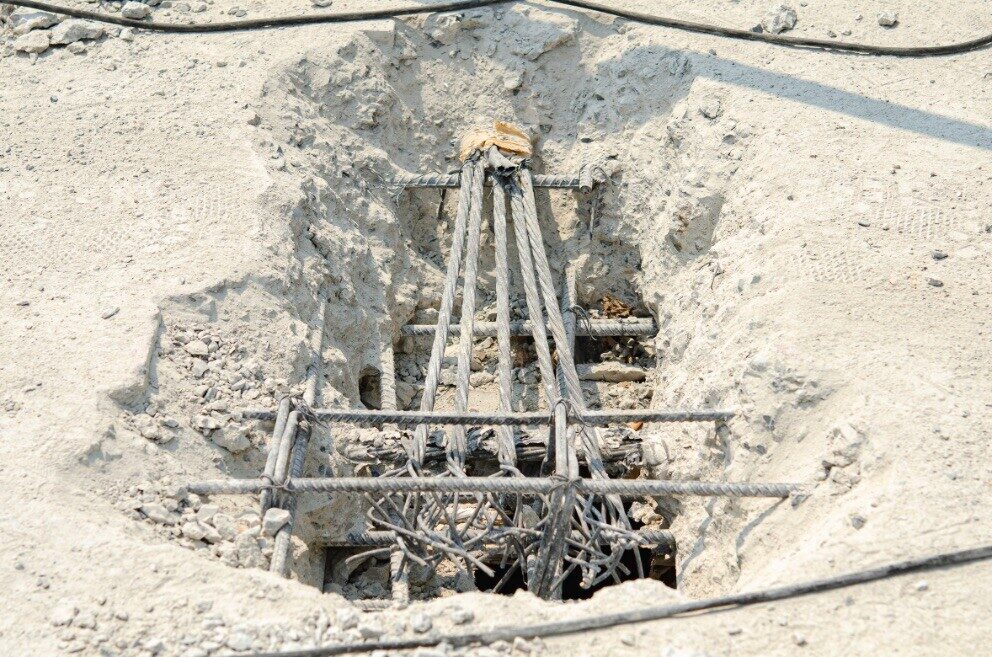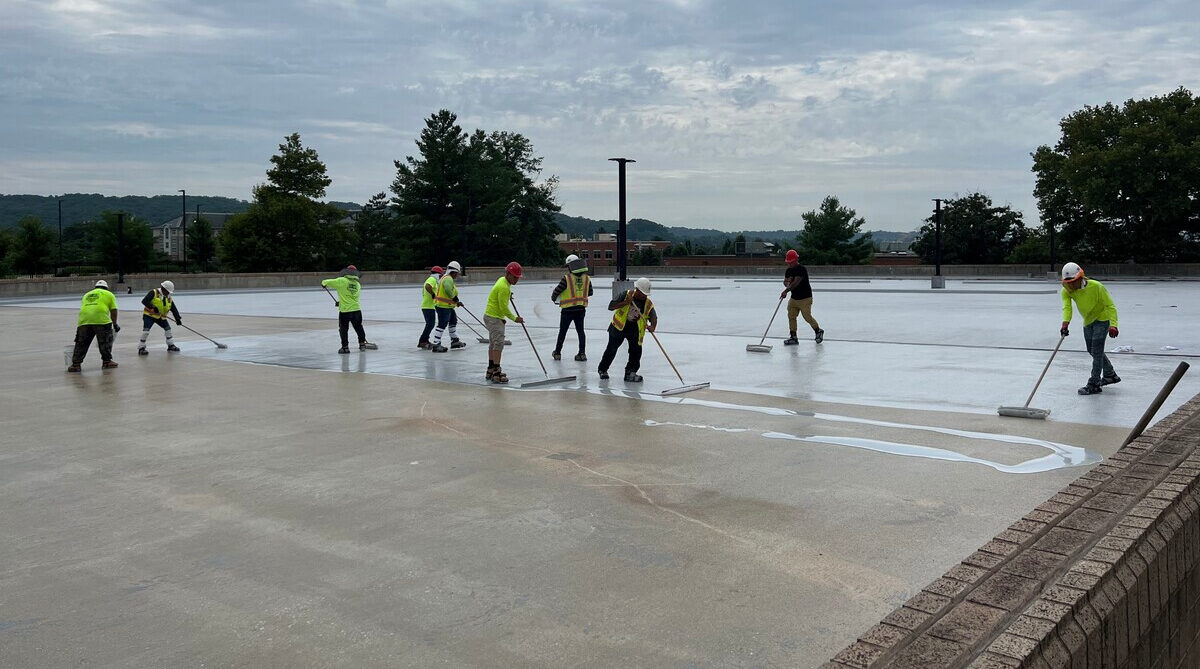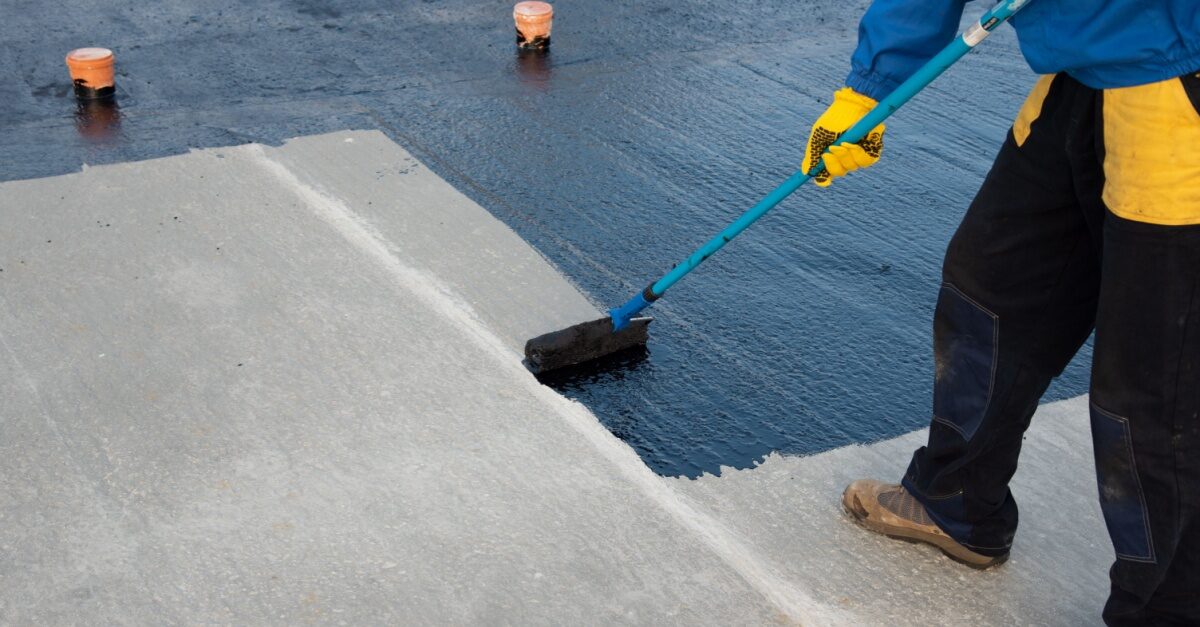
Post-Tensioning Systems Bolster Disaster Prevention
Post-tensioning systems play a vital role in strengthening concrete for commercial buildings, high-rises, and parking garages. By embedding tension cables tightened after curing, these systems improve durability and load-bearing capacity. Post-tensioning services can help prevent catastrophic failures. Tragedies like Singapore’s Hotel New World (1986), Surfside Condo collapse in Florida (2021), and the Baltimore parking garage collapse (2022) highlight the dangers of poor design and maintenance. Each involved structural flaws tied to reinforced or post-tensioned concrete.
This article explains how post-tensioning works, its benefits, practical uses, and key considerations for evaluating or repairing post-tensioned structures.
Why Buildings Need Post-Tensioning Systems
Think of concrete with an upgrade — stronger, more flexible, and built to last. That’s the advantage post-tensioning brings to commercial construction. By threading high-strength steel tendons through cured concrete and tightening them, this method boosts structural performance, reduces cracking, and allows for longer spans. It’s a game-changing technique widely used in today’s most durable and efficient buildings.
What is Post-Tensioning?
Post-tensioning is a construction method that strengthens concrete by applying force through tension cables after the concrete has cured. These high-strength steel cables are placed inside protective sleeves and laid out before the concrete is poured. Once the concrete sets, the cables are pulled tight and anchored, placing the concrete under compression.
This technique enhances structural performance, allowing buildings to use less material while supporting greater loads. Post-tensioning services are widely used in commercial construction to increase durability, reduce cracking, and extend the lifespan of slabs, beams, and foundations.
How the Post-Tensioning Process Actually Works
Think of post-tensioning as giving concrete a head start. It operates through a process called prestressing, in which steel tendons are placed inside the slab and later pulled tight after the concrete cures. This post-pour tensioning puts the concrete into compression before it ever faces real-world loads, helping it resist cracking and perform under pressure. Unlike precast methods that apply tension beforehand, post-tensioning occurs on-site after the concrete is poured. The result is stronger, more flexible structures with longer spans and thinner slabs — perfect for commercial buildings.
Why Post-Tensioning? Key Benefits and Applications to Consider
Commercial concrete isn’t cheap — standard slabs cost $6-$15 per square foot, with ready-mix concrete averaging $150 per cubic yard. Every dollar needs to pull its weight. That’s where post-tensioning comes in. It turns ordinary concrete into a high-performance system built for strength, efficiency, and long-term value — making every square foot work harder for your investment.
Post-tensioning benefits include:
- Create Expansive Open Spaces
Achieve wide, column-free layouts that support flexible floor plans and modern architectural design. It’s perfect for retail, offices, and warehouses needing unobstructed interior space.
- Support Heavy Loads with Less Material
Strategically placed steel tendons reinforce stress zones, delivering higher load capacity with thinner slabs — ideal for parking garages, hospitals, and data centers.
- Build on Difficult Soils
Post-tensioned systems resist soil movement and foundation issues, making them a smart solution for sites with poor or variable subgrade conditions.
- Accelerate Construction Timelines
Faster installation compared to conventional rebar reinforcement means earlier project completion and reduced labor costs — especially beneficial for phased developments.
- Lower Material Costs and Carbon Footprint
Use less concrete and steel overall, reducing total material costs and environmental impact, while simplifying site logistics.
- Enhance Structural Durability
Minimize shrinkage cracks and long-term maintenance. Structures remain visually appealing and structurally sound over decades of use.
Post-tensioning isn’t just a reinforcement method — it’s a strategic upgrade that improves project ROI, resilience, and design flexibility across commercial construction.
Criteria of a Post-Tensioning System to Evaluate
Not all post-tensioning systems are created equal — and choosing the wrong one can cost you big. To avoid expensive failures down the line, focus on three essential criteria: Match the system to your structure, meet precise design specs, and defend against corrosion. Get these right, and you’ll have a tensioned system built to last.
Type of Structural Element
Ever try squeezing a couch through a narrow doorway? That’s what it’s like forcing the wrong post-tensioning system into a tight structural space. Thin slabs and ceilings call for sleek, flat tension cables that slide in cleanly without compromise. For bulkier structural elements, multistrand tendons are the go-to — strong, adaptable, and built for the load. The right post-tensioning services ensure every element fits — and performs — exactly as it should.
Structural Design
Every building’s structure is different — and post-tensioning systems flex to meet those demands. Whether you use internal, external, or hybrid tendons, the choice depends on your layout, loads, and long-term goals. Bonded tendons lock into concrete for even stress distribution, while unbonded tendons allow targeted flexibility. External systems simplify maintenance but need added protection. Smart structural design begins with the right post-tensioning strategy, tailored to your site’s specific needs and performance requirements.
Protection Against Corrosion
Corrosion is one of the biggest threats to post-tensioning systems—address it early to protect your investment. Whether your structure faces mild weather or extreme coastal conditions, choosing the right protection level (PL1, PL2, or PL3) is key. These levels dictate how well tendons are sealed off from corrosive threats. The better the barrier, the longer your system lasts — saving you from costly failures and keeping your building strong for decades.
Partner With Post-Tensioning Specialists Who Know What They’re Doing
Partnering with a post-tensioning specialist who understands the complexities of tension cables, anchorage systems, and reliable post-tensioning maintenance is crucial to ensuring long-term structural integrity and safety. Our experienced teams not only inspect and maintain these systems but also help prevent serious issues before they compromise your building’s integrity.
As a trusted leader in waterproofing, window cleaning, façade restoration, and comprehensive building envelope services, the Valcourt Group delivers solutions that protect your property from the elements and preserve its performance for years to come. Contact us today to schedule a consultation or request a customized service plan for your property.


